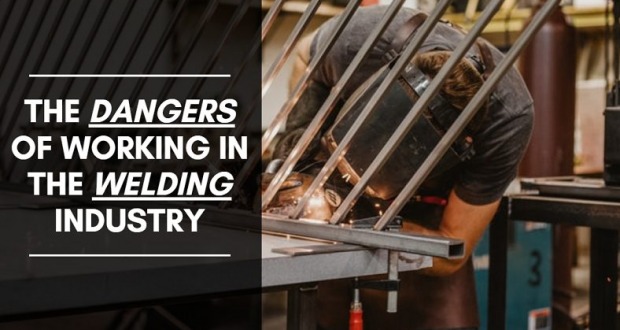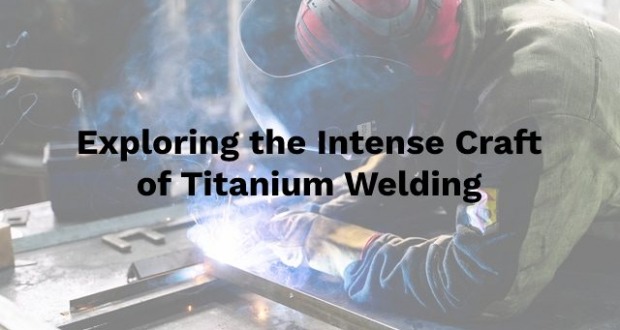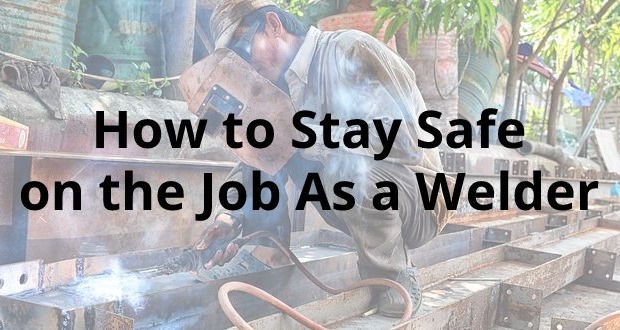
When using materials, like aluminum, which offer an oxide film on the surface of the metal, then you must employ AC power when you are TIG welding.
The AC allows a switch between positive and negative electrode polarity up to 50 times per second.
This is usually suitable to remove the oxide, clean the surface, and give you the weld that you require.
Magnesium requires a similar process. That’s because these metals when they are exposed to the atmosphere will create that oxide layer that melts at a higher temperature than the metals underneath.
Even the best TIG welders cannot change physics. The oxide layer melts at 3,600 degrees Fahrenheit, while the aluminum underneath melts at 1,200 degrees Fahrenheit. If you don’t remove the oxide, then you have a higher risk of failure within your weld fusion process.
Before the 1970s, the balance was often 50/50 to create the needed weld. With today’s technology, you now have more options. You can choose a range that lets you achieve maximum oxide cleaning or maximum metal penetration.
Syncrowave Technology from Miller Electric Leads the Way
Miller Electric invented balance control for TIG welding, removing the one-size-fits-all approach that was often used. The immediate change allowed welders to be able to create an ideal arc for virtually any application.
One of the evolutions from this technological innovation 40+ years ago is called Syncrowave Technology. Found on Miller Electric TIG welders (and under different names with other manufacturers), you’re giving a balanced setting on the welder which allows you to manage your AC cycles with greater effectiveness.
Miller Electric uses a control range of 0-10, with the lower setting designed for oxide cleaning. You can then fine-tune the duration of your EN during the cycle between 45% to 68%. If you have an inverter-based welder with this type of technology equipped, then your balance control is even greater, with some models offering EN duration of up to 99%.
Benefits of Achieving Greater Balance with TIG Welding
With TIG welding, if you are able to make the EN portion of your AC cycle last longer, then there are 6 specific benefits you’re able to achieve:
1. Thicker metal sections receive better penetration.
2. There may be improved travel speeds.
3. The weld of the bead is narrowed.
4. It improves the life of the tungsten electrode while reducing balling action.
5. It may allow for the use of smaller tungsten, which creates a better precision weld.
6. The size of the etching zone is reduced for improved weld aesthetics.
There are benefits to being able to reduce the EN portion of the AC cycle as well:
- You’re able to remove heavy oxidation because of its better cleaning action.
- Penetration is minimized on thinner materials, preventing burn-through issues.
- It widens the bead profile to help you catch both sides of a joint.
When you reduce the EN portion of the cycle, you’ll also decrease electrode life and increase balling action.
Final Thoughts About AC Balance Control
When working with a TIG welder, there are no specific standards or best practices to follow when managing your AC balance.
The one issue that many welders encounter is the inclusion of too much cleaning during the process. When you have too much cleaning, then heat builds up on the tungsten electrode. This heat causes a ball to form on the end of it, which forces the arc to lose its stability.
When that circumstance occurs, you lose directional control of the arc and your puddle. The arc quality will also begin degrading.
Should there be too much metal penetration, then your weld puddle may resemble a layer of pond scum aesthetically. You may even see small flakes that look like ground pepper in the weld puddle. This is evidence that you need more cleaning action in your work.
Using the Syncrowave Technology from Miller Electric as an example, a good rule of thumb when working with clean metal is to use a 70% setting for your balance. Decrease that percentage based on the amount of work you feel needs to be done on the metals you’re working with.
It is always a good idea to do a practice weld on similar scrap before performing your primary weld. This will help you know which balance settings are going to work the best for you. Then keep a journal for your welder that documents result from your various balance control settings to know how your equipment will perform on various materials, thicknesses, positions, and configurations.




















